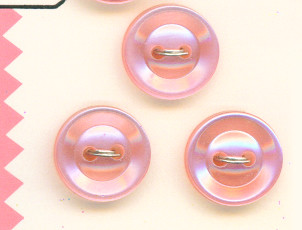 GNOME bug 616743 includes a patch which, if you have stereo speakers, will make the system bell move horizontally depending on which window it happened in. For example, if you’re editing a file in a terminal on the left of the screen, and the terminal bleeps, the sound will come from the left. If your mutt terminal is on the right of the screen, you will hear a bleep on the right when you receive new mail.
GNOME bug 616743 includes a patch which, if you have stereo speakers, will make the system bell move horizontally depending on which window it happened in. For example, if you’re editing a file in a terminal on the left of the screen, and the terminal bleeps, the sound will come from the left. If your mutt terminal is on the right of the screen, you will hear a bleep on the right when you receive new mail.
Sounds other than the system bell won’t be affected by this change. For example, music played by a music player will not be affected by the position of the window.
(The patch also appears to set the vertical position of the system bell according to the y-coordinate of the window. Your chronicler is having difficulty imagining the sound system where this would be distinguishable, but perhaps is not experienced enough in these matters.)
We are rarely minded to accept enhancement patches, since every new line of code is a line of code we have to maintain for ever. However, this one isn’t complicated, and appears to have a positively useful result.
What are your thoughts on the matter, gentle reader?
Photo © whisperwolf, cc-by-nc.
 Back in 2005, a Metacity crash when running certain SDL apps was reported in GNOME bug 169684.
Back in 2005, a Metacity crash when running certain SDL apps was reported in GNOME bug 169684. Although it’s common for Metacity themes to have centred titles, there are still several themes which have the title justified to the left or right. GNOME bug 612940 makes the not unreasonable suggestion that the justification should be swapped when the system is running in a language such as Hebrew, Arabic, or Urdu which is written from right to left.
Although it’s common for Metacity themes to have centred titles, there are still several themes which have the title justified to the left or right. GNOME bug 612940 makes the not unreasonable suggestion that the justification should be swapped when the system is running in a language such as Hebrew, Arabic, or Urdu which is written from right to left.






